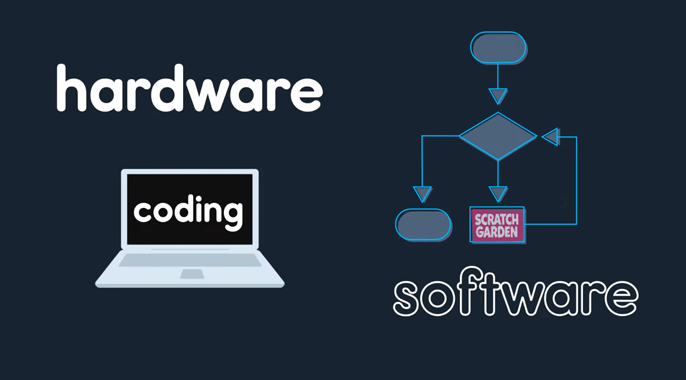Anand Jayapalan on the Future of Data Tiering
Anand Jayapalan: How Data Tiering is Shaping the Future of Enterprise Storage Solutions
As enterprises continue to generate massive volumes of data, the demand for efficient storage solutions has never been more critical. Data tiering—a strategy that categorizes data based on its importance and access frequency—has become increasingly vital for optimizing both cost and performance in enterprise storage. For advanced data architecture specialists like Anand Jayapalan, understanding the future of data tiering is essential for navigating the complexities of vast data repositories and maintaining a competitive edge in the evolving digital landscape.The Evolution of Data Tiering
Data tiering is not a new concept, but its role in enterprise storage has evolved significantly over the years. Traditionally, data was stored in a single tier, often leading to inefficiencies in storage costs and access times. However, as the volume and variety of data have grown, so too has the need for more sophisticated tiering strategies.
Modern data tiering now involves multiple layers of storage, each optimized for different types of data. For example, frequently accessed, mission-critical data might reside on high-performance SSDs, while less frequently used data could be stored on more cost-effective, slower hard drives or even in the cloud. This multi-tiered approach allows businesses to strike a balance between performance and cost, ensuring that the right data is stored in the right place at the right time.
The Role of AI and Machine Learning in Data Tiering
Looking ahead, the integration of artificial intelligence (AI) and machine learning (ML) is set to revolutionize data tiering strategies. AI and ML algorithms can analyze data usage patterns in real time, automatically determining which data should be moved to different tiers based on access frequency, importance, and other factors. This dynamic tiering process not only improves efficiency but also reduces the manual workload for IT professionals.
For instance, AI-driven data tiering can predict when certain data will become more relevant, such as during a seasonal sales period or a product launch, and move it to faster storage tiers in advance. Conversely, data that becomes less relevant over time can be automatically shifted to more economical storage options, ensuring that businesses only pay for high-performance storage when it's truly needed.
Balancing Cost and Performance: The Key to Future-Proofing Storage
One of the primary challenges of data tiering is achieving the right balance between cost and performance. As storage needs continue to grow, businesses must carefully evaluate their tiering strategies to ensure they are both cost-effective and capable of meeting performance demands.
The future of data tiering will likely see a greater emphasis on hybrid storage solutions that combine on-premises and cloud storage. This approach offers the flexibility to store data where it makes the most sense, based on factors such as data sovereignty, compliance, and access speed. Additionally, businesses will need to consider the impact of emerging technologies, such as 5G and edge computing, which will further influence data tiering strategies by driving the need for faster, more responsive storage solutions.
Preparing for the Future of Data Tiering
To stay ahead in the evolving landscape of enterprise storage, businesses must be proactive in adopting advanced data tiering strategies. This involves not only investing in the right technologies but also fostering a culture of continuous learning and adaptation among IT teams. By staying informed about the latest developments in data tiering and embracing innovative approaches, businesses can optimize their storage infrastructure for both cost and performance, ensuring they remain competitive in the data-driven future.
The future of data tiering is poised to play a pivotal role in balancing cost and performance in enterprise storage. For information systems innovators like Anand Jayapalan, strategically implementing advanced tiering strategies will be key to navigating the complexities of data management. Businesses that embrace these innovations will be well-positioned to thrive in the digital age, staying ahead of the curve as data demands continue to evolve.



Comments
Post a Comment